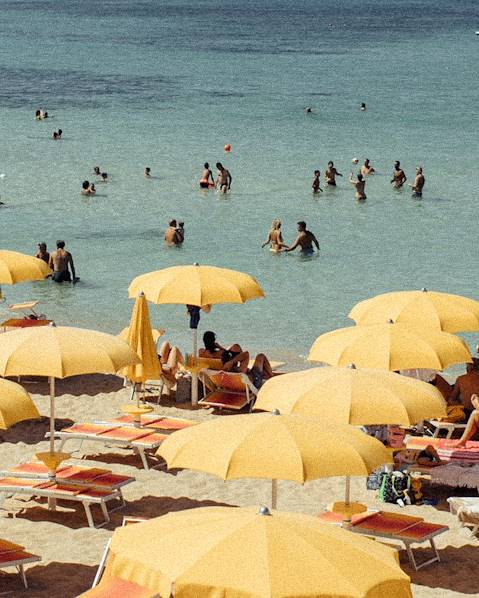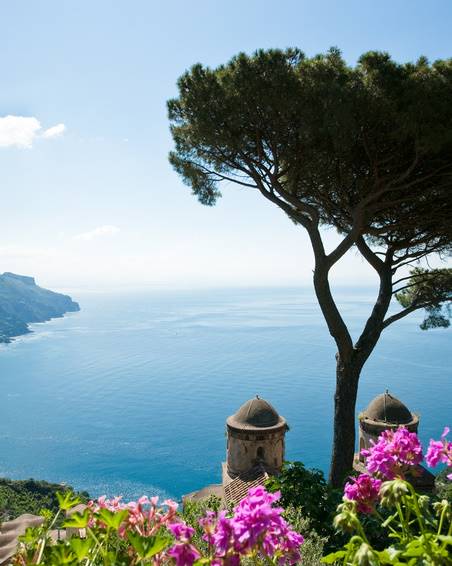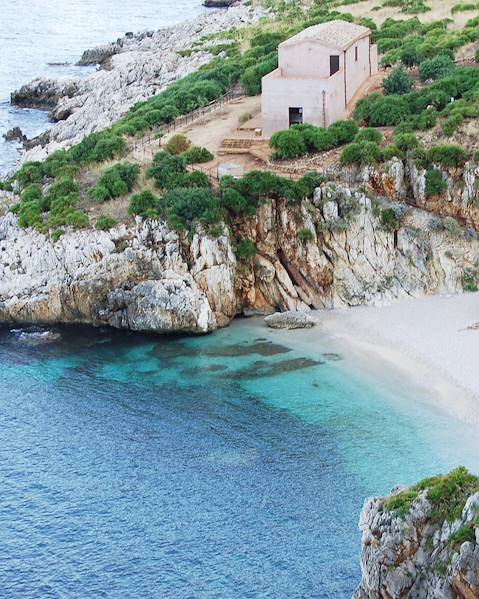Playing host to some of the world’s most iconic architecture, well-known artworks and universally adored dishes, this boot-shaped European nation has a lot going for it. Rome’s Colosseum, Florence’s Duomo Santa Maria el Fiore, Venice’s Grand Canal and Pisa’s Leaning Tower are some of the most sought-after attractions, and it’s unlikely you’ll want to stay in one place when visiting. Put simply, Italy is worth exploring from top to toe. And luckily, the country isn’t short on transport options, so you can do just that. From trains and planes to automobiles, here are some tips for navigating transport on Italy tour holidays.
By Train
Italy’s train system is both efficient and inexpensive, with a large network covering most of the country. Trains are operated by Ferrovie dello Stato Italiane under the brand name Trenitalia, while sleeper trains also connect the major Italian cities to other European hubs, such as Paris, Vienna, Hamburg and Barcelona. All train stations have yellow validating machines in which travellers must stamp their ticket before starting their journey (unless you’ve booked a specific train in advance). Fines are issued for failing to validate your train ticket. The main types of train are:
- Regionale: the least expensive with no need to book in advance, but usually the slowest option
- Le Frecce: a high-speed network with daily connections between the main cities. Booking in advance is advised to secure the best fares and seat reservations are required
- Intercity and Eurocity: speedy and comfy, Intercity connect the main towns, while Eurocity cross borders into other European cities
- There are also several smaller and privately run lines, such as Italo trains
By Bus
Almost everywhere in Italy is linked by a bus route; however, in more remote towns and villages, bus schedules are not the most reliable (and often non-existent at weekends). Conveniently, bus terminals (autostazione) are often located next to the train station in larger cities and towns, while buses pull in at the central piazza of smaller villages. Tickets can be bought prior to travel from the bus station ticket office, on the bus itself, or online from the bus company for longer haul journeys. You must validate your ticket in the machine at the front or back of the bus once on board.
By Car or Taxi
Renting a car is another convenient form of transport in Italy, allowing you to explore at your pace and according to your own schedule. The Italian roads are well-maintained and the motorway network is widespread, although driving in cities can be frustrating at times due to congestion, complex one-way systems and unclear signage. Outside of the cities and towns, there are plenty of picturesque rural routes that make for a great self-drive holiday. Be aware of the large number of scooters while driving through cities, as they can seemingly appear from nowhere and drive very fast. Most motorways (autostrade) in Italy are toll roads, with tickets issued as you join the motorway and payment taken on exit; paying cash is the easiest option. Avoid leaving anything visible in your rental car when it’s parked, since theft does occur in certain areas.
By Plane
Depending on how much of Italy you’re planning to cover in one trip, domestic flights are another way of getting from A to B. However, given the country’s glorious countryside and picturesque rail routes, we’d recommend train travel where possible for both its sightseeing potential and more eco-friendly credentials.
By Boat
Taking to the sea is the best way of visiting Italy’s islands from the mainland. The country has a well-organised network of ferries and hydrofoils run by various private companies, with routes linking the islands to various mainland port cities. Ferries connect the major islands of Sicily and Sardinia with Genoa, Livorno, Naples, La Spezia, Civitavecchia and Fiumicino on the mainland. Regular boats and ferries also operate around the Italian Lakes in the north, with reduced services during winter.
By Scooter or Bike
Vespas have become synonymous with travelling around Italian cities – watch any movie set in Italy and one will likely feature. So it makes sense that mopeds and scooters are another way of navigating the Italian streets. Useful for whizzing around towns and islands (less so for long distances), rental places are fairly easy to locate – don’t forget to rent a helmet as well!
Cycling is a popular sport in Italy, as well as being a convenient mode of transport. In larger cities, major resorts and around the Italian Lakes, bike rental is available and if you’re planning a full cycling holiday, there are hotels that cater specifically to cyclists.
















